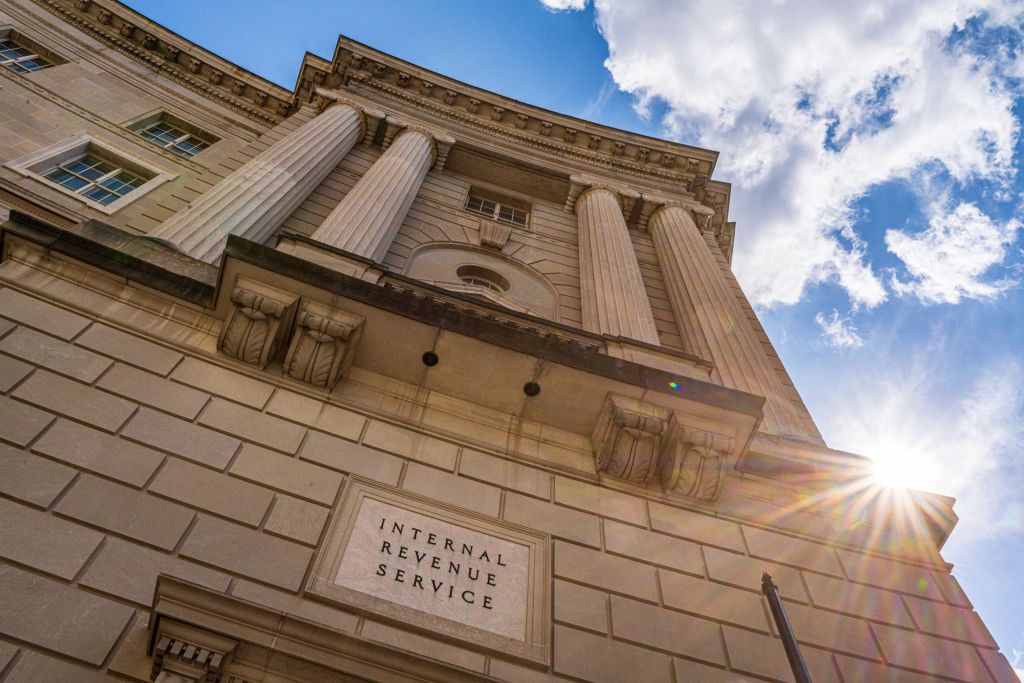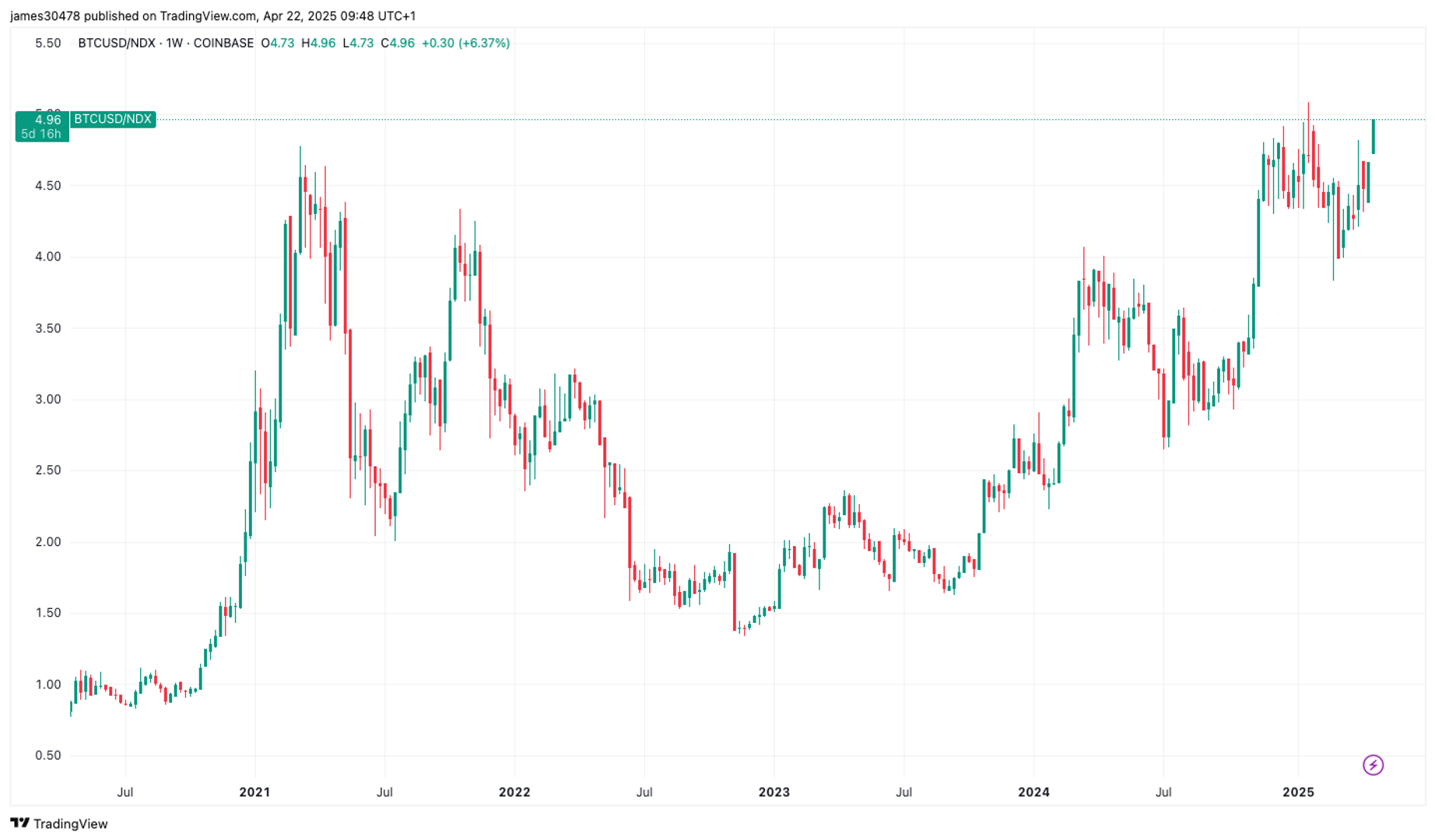Uncategorized
Crypto’s Estate Planning Problem: A Wake-Up Call

As 2024 draws to a close, cryptocurrency stands at a turning point. Bitcoin has crossed the $100,000 mark and digital assets have solidified their place in investment portfolios of all sizes. Yet, amid these milestones, a critical, yet overlooked issue remains: the estate planning challenges unique to cryptocurrency and other digital assets.
A Looming Crisis: Estate Planning in a Digital Era
Unlike traditional assets, cryptocurrencies and digital assets operate outside established estate planning frameworks. Their decentralized nature, reliance on private keys, and pseudonymity make them revolutionary. Butwithout proper planning, crypto holdings can be lost forever, become embroiled in legal disputes, or heavily taxed.
This vulnerability is not hypothetical. Chainalysis reports that nearly 20% of all bitcoin is lost or stranded, much of it likely due to the misplacement of private keys or owners dying without a plan for the now-valuable assets transferring to their heirs. As billions of dollars in digital wealth continues to accumulate, the risks tied to inadequate planning grow exponentially.
With the Tax Cuts and Jobs Act (TCJA) of 2017 set to sunset in 2025, legal frameworks surrounding wealth transfer may undergo significant changes (while Congress appears likely to act, it is not assured). For cryptocurrency holders, this moment represents both a wake-up call and an opportunity to reassess their plans to protect and pass on digital assets to future generations.
2025 Tax Law Changes: A Catalyst for Action
The TCJA temporarily doubled the federal estate, gift, and generation-skipping transfer (GST) tax exemptions, allowing individuals to transfer up to $13.99 million, tax-free, in 2025. Without new legislation, however, these exemptions will revert to approximately $7 million per individual on January 1, 2026 (adjusted for inflation). This reduction will subject a greater share of estates to federal taxes, making planning for cryptocurrency even more urgent.
Additionally, the IRS’s new reporting requirements for digital assets, which will go into effect on January 1, 2025, will increase reporting requirements and scrutiny. Pursuant to the Inflation Reduction Act of 2022, Congress has allocated billions of dollars to the IRS, including a bolstering of the agency’s staff and an increased focus on the pursuit of crypto enforcement.
Legal Strategies for Cryptocurrency Estate Planning
To address these challenges and seize opportunities before the tax law changes, cryptocurrency holders should consider these strategies:
1. Draft Digital Asset-Specific Estate Plans
Traditional wills and trusts often fall short when dealing with cryptocurrency. Comprehensive estate plans must create a succession plan, including instructions for accessing private keys, wallets, and recovery phrases (without creating security vulnerabilities). A secure, regularly updated inventory of digital assets is critical to ensure heirs can locate, access and manage holdings effectively.
2. Capitalize on Gift Exclusions and Lifetime Gifting
With the current high exemption levels, now is the time to transfer digital assets out of taxable estates. Gifting cryptocurrency to heirs or placing it in irrevocable trusts can lock in tax savings before exemptions are reduced in 2026. Charitable remainder trusts also allow for tax-advantaged transfers, benefiting both heirs and philanthropic causes.
Additionally, the annual gift tax exclusion will rise to $19,000 per recipient in 2025. Married couples can gift up to $38,000 per recipient tax-free. Regular use of these exclusions allows incremental reductions of taxable estates over time.
3. Embrace Multi-Signature Wallets and Collaborative Custody
Strategic use of multi-signature wallets and collaborative custody can enhance both security and estate planning. By collaborating with multiple parties (such as an executor and trusted family members) to authorize transactions, these wallets prevent unauthorized access while ensuring heirs can access funds when needed.
4. Move Digital Assets to LLCs or Establish Asset Protection Trusts
Placing cryptocurrency in an LLC and transferring ownership to a trust can shield assets from creditors and legal claimants. This structure also bypasses probate courts, ensuring a smoother transition to heirs while safeguarding wealth from lawsuits or creditor claims.
5. Stay Ahead of Regulatory Changes
The IRS’s rules on cryptocurrency transactions are rapidly evolving and will demand more meticulous record-keeping and compliance measures. Sophisticated tools and legal and accounting expertise will be crucial to navigate this environment and ensure tax-efficient wealth transfers.
Looking Forward to 2025
This year underscored the transformative potential of cryptocurrency as an investment class — but also exposed its vulnerabilities. Estate planning remains an afterthought for many crypto holders, even as the value of digital assets climbs and tax law changes loom on the horizon. For 2025, the crypto community must confront these realities. Regulators, estate planners, accountants, financial advisors and investors alike need to prioritize creating and implementing solutions that address the unique challenges of the rise of digital wealth.
A Call to Action
The close of 2024 is not just a moment to celebrate cryptocurrency’s successes but also a chance to prepare for its future. By taking proactive steps now — whether through establishing estate plans, creating trusts, or implementing gifting strategies — investors can secure their digital wealth and pass it on as a lasting legacy.
As the saying goes, failing to plan is planning to fail. For cryptocurrency holders, 2025 offers a rare window to act decisively before tax laws change and vulnerabilities deepen. The time to protect your digital fortune is now.
This article is for informational purposes only and does not constitute legal, tax or financial advice. Consult with qualified professionals for personalized guidance.
Uncategorized
Bitcoin Closing In on Historic Breakout vs Nasdaq

Bitcoin (BTC) is on the cusp of breaking out relative to the Nasdaq 100 Composite, with the current BTC/Nasdaq ratio sitting at 4.96. This means it now takes nearly five Nasdaq units to match the value of one bitcoin. The previous record of 5.08 was set in January 2025, when bitcoin hit its all-time high of over $109,000.
Historically, each market cycle has seen the ratio reach new highs—2017, 2021, and now 2025—highlighting bitcoin’s continued outperformance against the Nasdaq.
Across multiple timeframes, bitcoin is increasingly diverging from U.S. tech stocks. Year-to-date, bitcoin is down just 6%, compared to the Nasdaq’s 15% decline. Since Donald Trump’s election victory in November 2024, bitcoin has rallied 30%, while the Nasdaq has fallen 12%.
When measured against the «Magnificent Seven» mega-cap tech stocks, bitcoin remains around 20% below its all-time high from February this year. This indicates that while bitcoin has shown strength, the top tech names are holding up better than the broader Nasdaq Composite.
Strategy (MSTR), a well-known proxy for bitcoin exposure, is also holding up better than the U.S tech stocks. Since joining the QQQ ETF on Dec. 23, MSTR is down 11%, while the ETF itself has dropped over 16%. The divergence has become more pronounced in 2025: MSTR is up 6% year-to-date, compared to QQQ’s 15% decline.
Uncategorized
Bitcoin Runs Into Resistance Cluster Above $88K. What Next?

This is a daily technical analysis by CoinDesk analyst and Chartered Market Technician Omkar Godbole.
Bitcoin’s (BTC) bullish advance has encountered a resistance zone above $88,000, marked by crucial levels that could make or break the ongoing recovery rally.
The resistance cluster’s first and perhaps most critical level is the 200-day simple moving average (SMA) at $88,356. The SMA is widely regarded as a key indicator of long-term momentum. Early this month, Coinbase institutional analysts called the downside break of the 200-day SMA in March a sign of the onset of a potential crypto winter.
So, a fresh move above the 200-day SMA could be taken to represent a renewed bullish shift in momentum.
Such a move would trigger a dual breakout, as the Ichimoku cloud’s upper end is located close to the 200-day SMA. A move above the Ichimoku cloud is also said to reflect a bullish shift in momentum.
Developed by a Japanese journalist in the 1960s, the Ichimoku cloud is a technical analysis indicator that offers a comprehensive view of market momentum, support, and resistance levels. The indicator comprises five lines: Leading Span A, Leading Span B, Conversion Line or Tenkan-Sen (T), Base Line or Kijun-Sen (K) and a lagging closing price line. The difference between Leading Span A and B forms the Ichimoku Cloud.
The third and final level forming the resistance cluster is the high of $88,804 on March 24, from where the market turned lower and fell back to $75,000.

A make-or-break resistance zone?
Behavioural aspects of trading come into play when an asset approaches a resistance zone, especially at key levels like the 200-day SMA and the Ichimoku cloud.
Prospect theory suggests that people are typically risk-averse with respect to gains and risk-seeking with respect to losses, known as the “reflection effect.» So, as traders, people tend to be risk-averse while locking in profits and keep losing trades open.
This tendency is amplified when an asset encounters a significant resistance zone. Traders who entered the bitcoin market around $75K, anticipating a rebound, may feel pressured to take profits as the price approaches this resistance. Such selling could, in turn, slow the price ascent or even trigger a new downturn.
Conversely, if bitcoin successfully breaks through the resistance zone, the fear of missing out could prompt more traders to make bullish bets, further fueling bullish momentum and pushing the price higher.
Uncategorized
Bithumb to Split in Two as Crypto Exchange Inches Toward South Korean IPO

Bithumb plans to split its core crypto exchange business from other activities as it reorganizes in preparation for an initial public offering (IPO).
The Seoul-based company will split in two, with Bithumb Korea focusing solely on operating the core crypto exchange business. Bithumb Korea will be the entity seeking a public listing, local media reported, citing the country’s corporate registry.
The other unit, a newly created company called Bithumb A, will oversee venture investments, asset management and new business initiatives. The restructuring is set to take effect on July 31.
Bithumb A will consolidate the exchange’s investment arms, including Bithumb Partners, which has shifted from NFT and metaverse projects to financial product investments such as equities, bonds and convertible bonds. According to local media, Bithumb is in talks with licensed entities to offer these services in the country.
Bithumb Investment, which manages equity stakes and strategic partnerships with external companies, will also fall under Bithumb A’s oversight.
Last year Bithumb was said to be considering a NASDAQ listing, but now its plans have shifted to a listing on South Korea’s Kosdaq first, with a U.S. listing as a secondary objective.
Bithumb posted an operating profit of 130.8 billion won ($95 million) in 2024, reversing a 149 billion-won loss from the previous year, local media reported.
-

 Fashion6 месяцев ago
Fashion6 месяцев agoThese \’90s fashion trends are making a comeback in 2017
-

 Entertainment6 месяцев ago
Entertainment6 месяцев agoThe final 6 \’Game of Thrones\’ episodes might feel like a full season
-

 Fashion6 месяцев ago
Fashion6 месяцев agoAccording to Dior Couture, this taboo fashion accessory is back
-

 Entertainment6 месяцев ago
Entertainment6 месяцев agoThe old and New Edition cast comes together to perform
-

 Sports6 месяцев ago
Sports6 месяцев agoPhillies\’ Aaron Altherr makes mind-boggling barehanded play
-

 Business6 месяцев ago
Business6 месяцев agoUber and Lyft are finally available in all of New York State
-

 Entertainment6 месяцев ago
Entertainment6 месяцев agoDisney\’s live-action Aladdin finally finds its stars
-

 Sports6 месяцев ago
Sports6 месяцев agoSteph Curry finally got the contract he deserves from the Warriors





